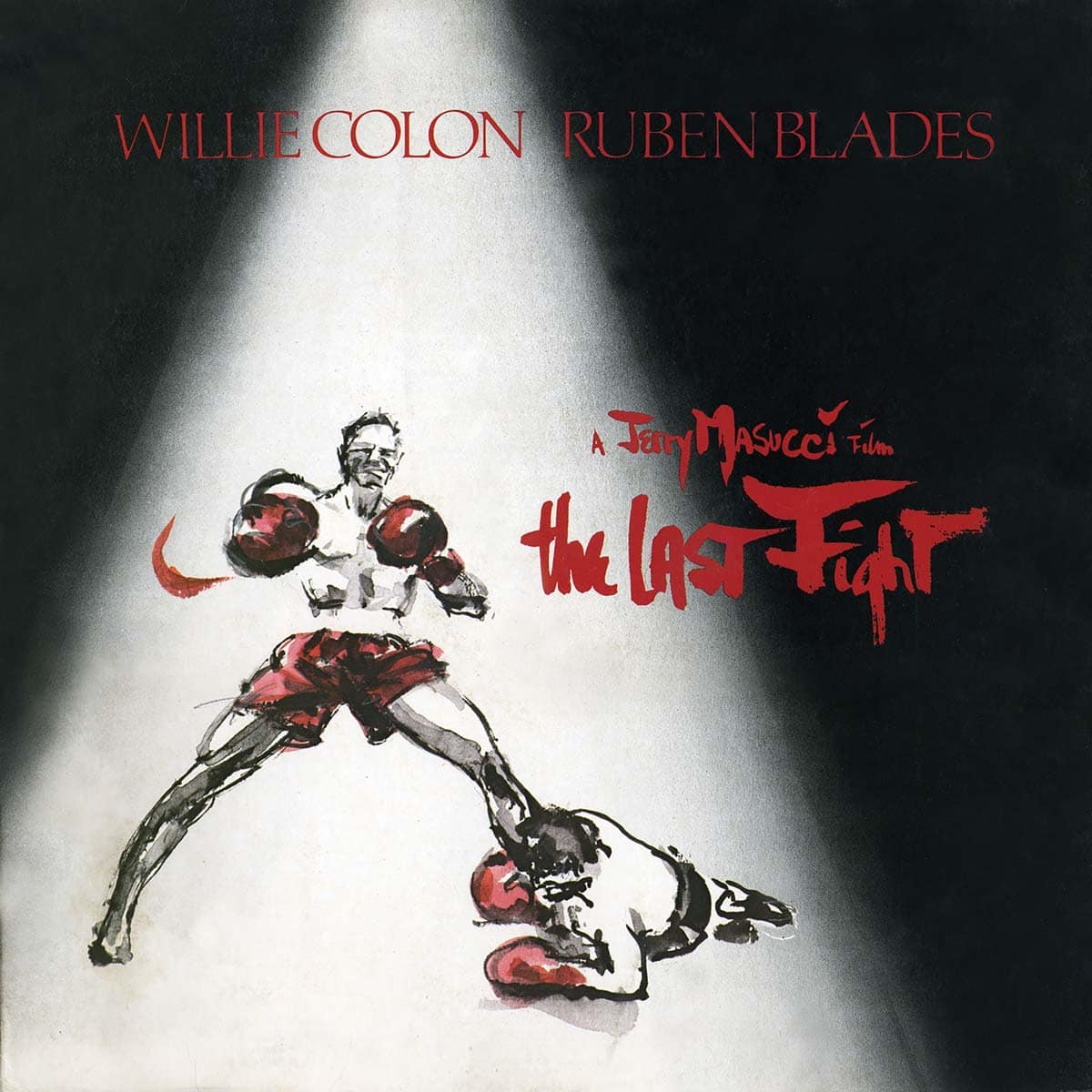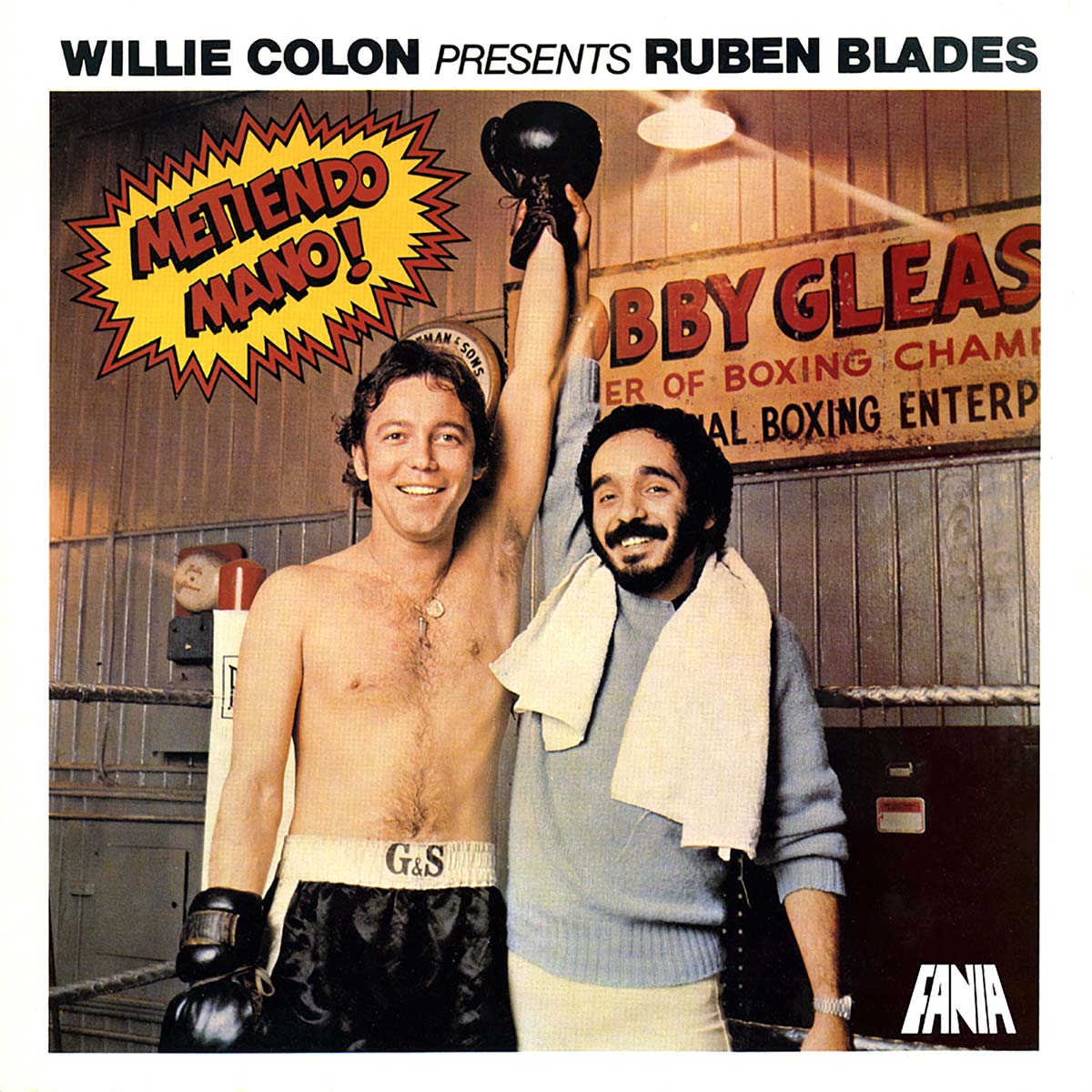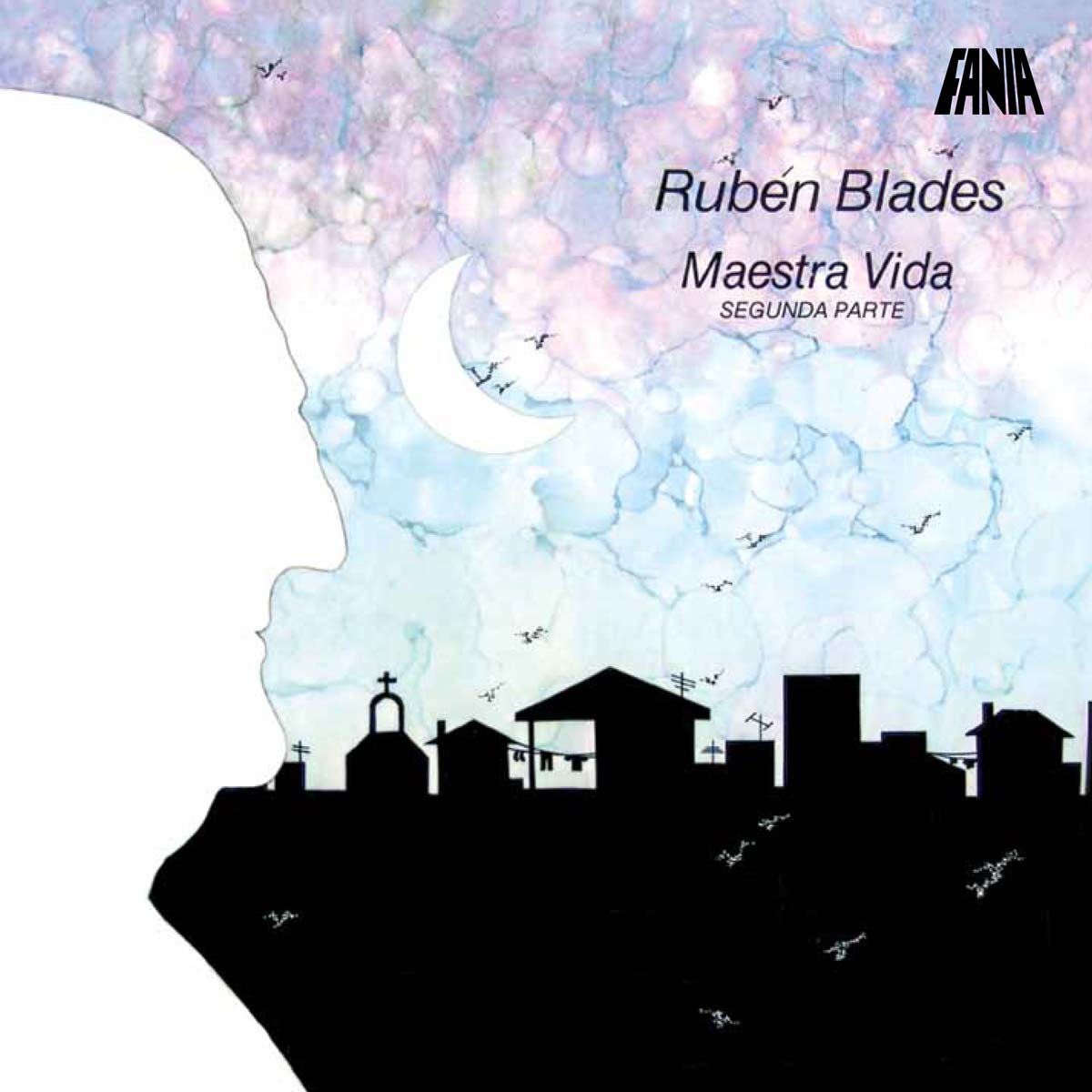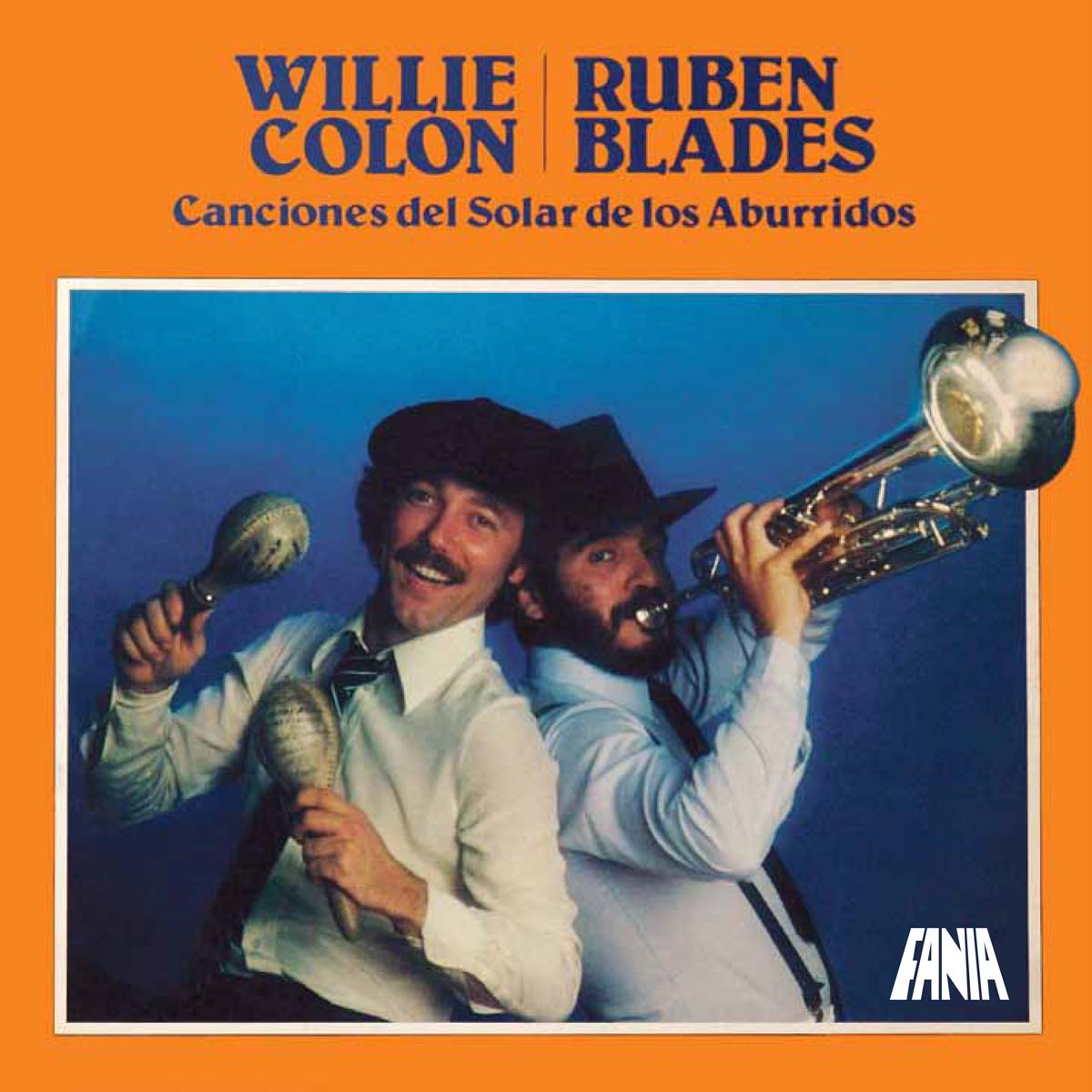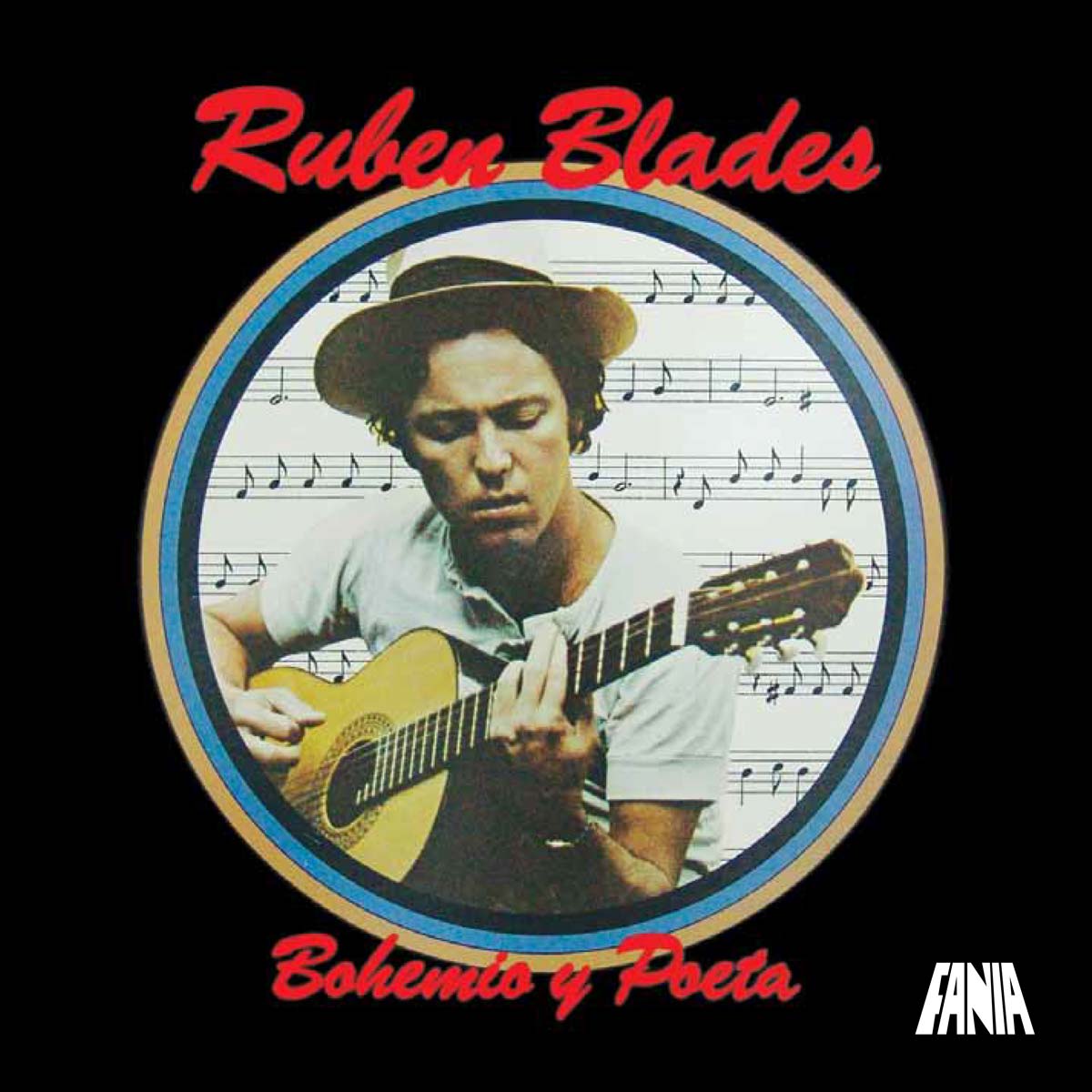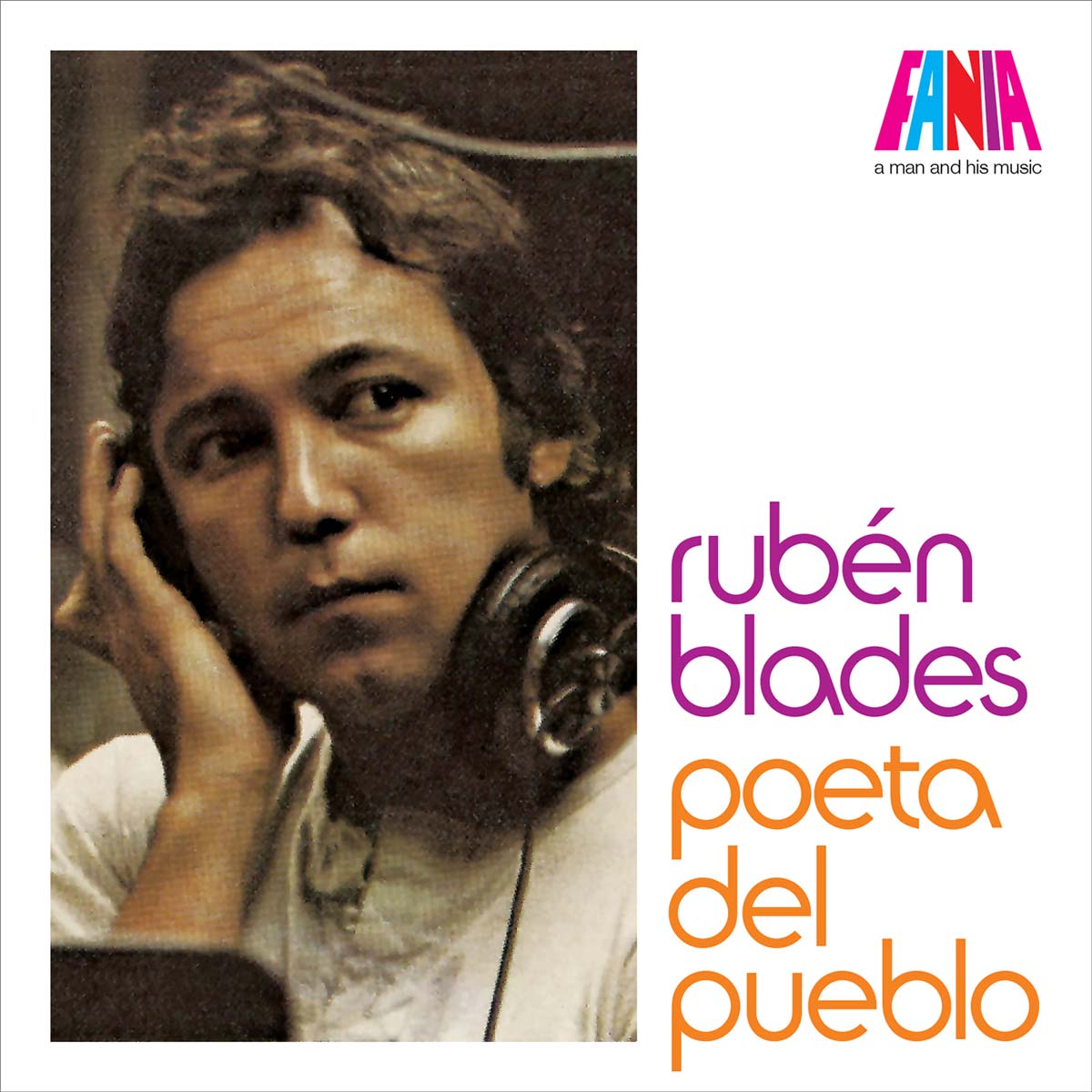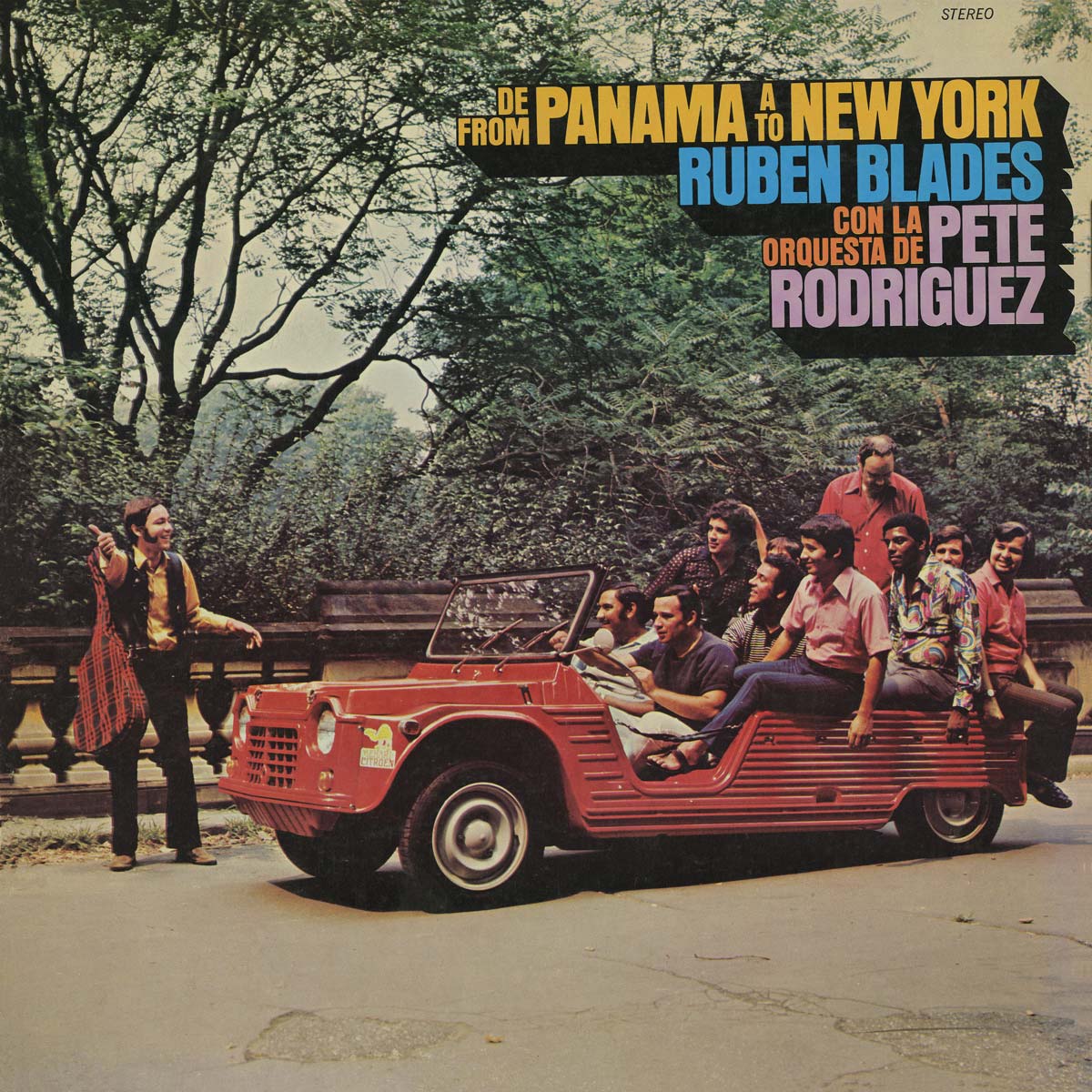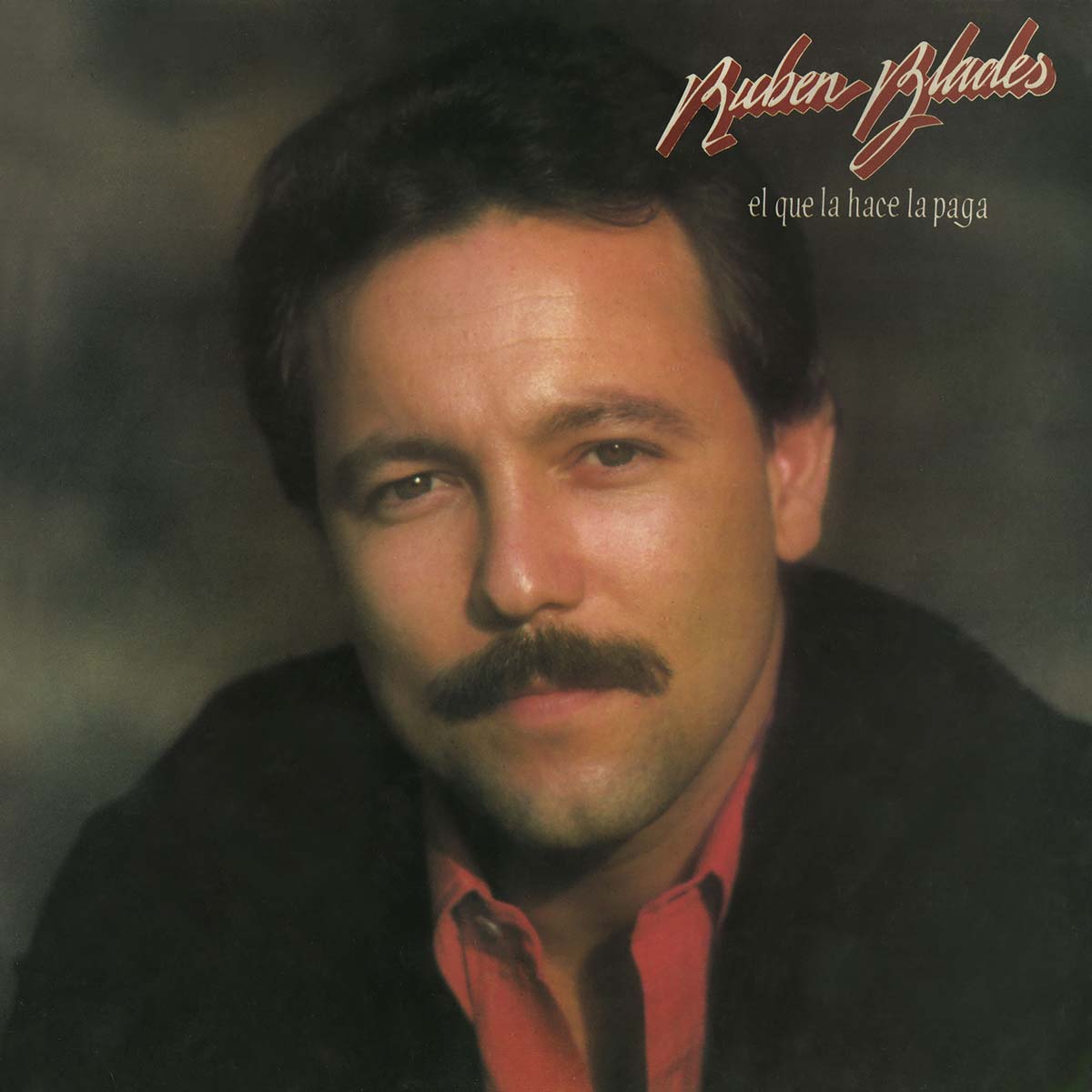
Even a minor Rubén Blades record is worth treasuring. The man could sing the Yellow Pages for all we care – his voice is richly textured and infinitely soulful. Add to it the beauty of his self-penned melodies and the effortless poetry of his lyrics, and you have one of the greatest singer/songwriters that the Spanish speaking world has ever given us – a monumental artist along the lines of Juan Luis Guerra, Silvio Rodríguez, Joan Manuel Serrat, and Milton Nascimento.
Released following the uneven soundtrack album to the cinematic fiasco The Last Fight, El Que Le Hace La Paga was recorded by Blades because of a contractual obligation with the Fania label. Gone were the happy days of Siembra, Maestra Vida and Canciones Del Solar De Los Aburridos. Those salsa masterpieces had elevated Blades – as well as his producing partner and trombonist Willie Colón – to the highest imaginable level of critical and commercial success. By the early ’80s, the Panamanian singer was ready to begin a new chapter in his career. His partnership with Colón was over, and he had grown disenchanted with the Fania label and its questionable practices as far as royalty payments were concerned. Blades was one of the few artists who dared to rebel, and even took the company to court.
Invigorated by the success of Siembra and the new brand of socially conscious salsa that he had created, Blades signed with the Elektra label, dropped the brass from his orchestra, founded the experimental sounding Seis Del Solar group, and in 1984 released Buscando América – one of the most memorable albums in the history of Latin music. Recorded in 1982, El Que La Hace La Paga is the transitional LP that Blades churned out in between his masterpieces for Fania and Elektra. A pleasant, low-key record, it features a swinging band, marked by its nimble percussion section and lush trombone riffs. Blades himself is in full vocal form on tunes such as “Cabeza De Hacha” (with its delightful pop arrangement) and the rollicking hit single “Ganas” – an anthem of sheer carnal desire that finds Rubén in full sonero mode. A somber son montuno marked by the tasty piano flourishes of El Profesor Joe Torres, “Lo Pasado No Perdona” generates an irresistible feeling of slow motion swing. Significantly, though, only three of the seven tunes here are Rubén’s compositions. Syrupy boleros like “Tú Me Acostumbraste” and “Te Odio Y Te Quiero” further increase the impression that El Que La Hace La Paga is a collection of b-sides. The highlight of the album is probably Rubén’s own version of the anthemic “Para Ser Rumbero,” which Roberto Roena had recorded with a more progressive arrangement (and a guest vocal by Rubén himself) on the 1977 LP La Octava Maravilla. Blades had begun his Fania association as an aspiring songwriter in the company’s mail room.
By the late ’70s, he was one the label’s top selling artists. Understandably, Fania was invested in milking the Blades catalogue as much as possible. While the singer spent the rest of the ’80s recording seminal albums for Elektra like Antecedente and Agua De Luna, Fania continued putting out “new” albums of rehashed outtakes and unreleased tracks. That said, salsa aficionados will treasure this remastered edition of El Que La Hace La Paga. There is much to enjoy in this rustic little record of no-frills salsa by one of the most transcendental voices in tropical music.
Credits: Rubén Blades – Leader, Acoustic Guitar, Maracas, Percussion Seis del Solar Oscar Hernández – Piano, “Fender Rhodes” Mike Viñas – Electric Bass Eddie Montalvo – Congas, Minor Percussion Louis Rivera – Bongo, Campana, Percussion Ralph Rivera – Timbales, Percussion Ricardo Marrero – Vibes, Synthesizer, Percussion Additional Musicians: Prof. José “Joe” Torres – Piano “Fender Rhodes” (“Lo Pasado No Perdona)” Reinaldo Jorge – Trombon Lewis Khan – Trombon Lead Singer – Rubén Blades Chorus – Rubén Blades, Mike Viñas, Eddie Montalvo, Louis Rivera, Ricardo Marrero Producer – Rubén Blades Executive Producer – Jerry Masucci Recording Director – Rubén Blades Musical Arrangements – Rubén Blades, Ricardo Marrero, Oscar Hernández, Mike Viñas Recorded at – Sound Works Studios and La Tierra Studios, New York Recording Engineers – Rubén Blades, Jon Fausty Mixed – Rubén Blades , Jon Fausty Concept and Artistic Direction – Rubén Blades Original Album Cover Photography – Ricardo Betancourt Liner Notes written by Ernesto Lechner


